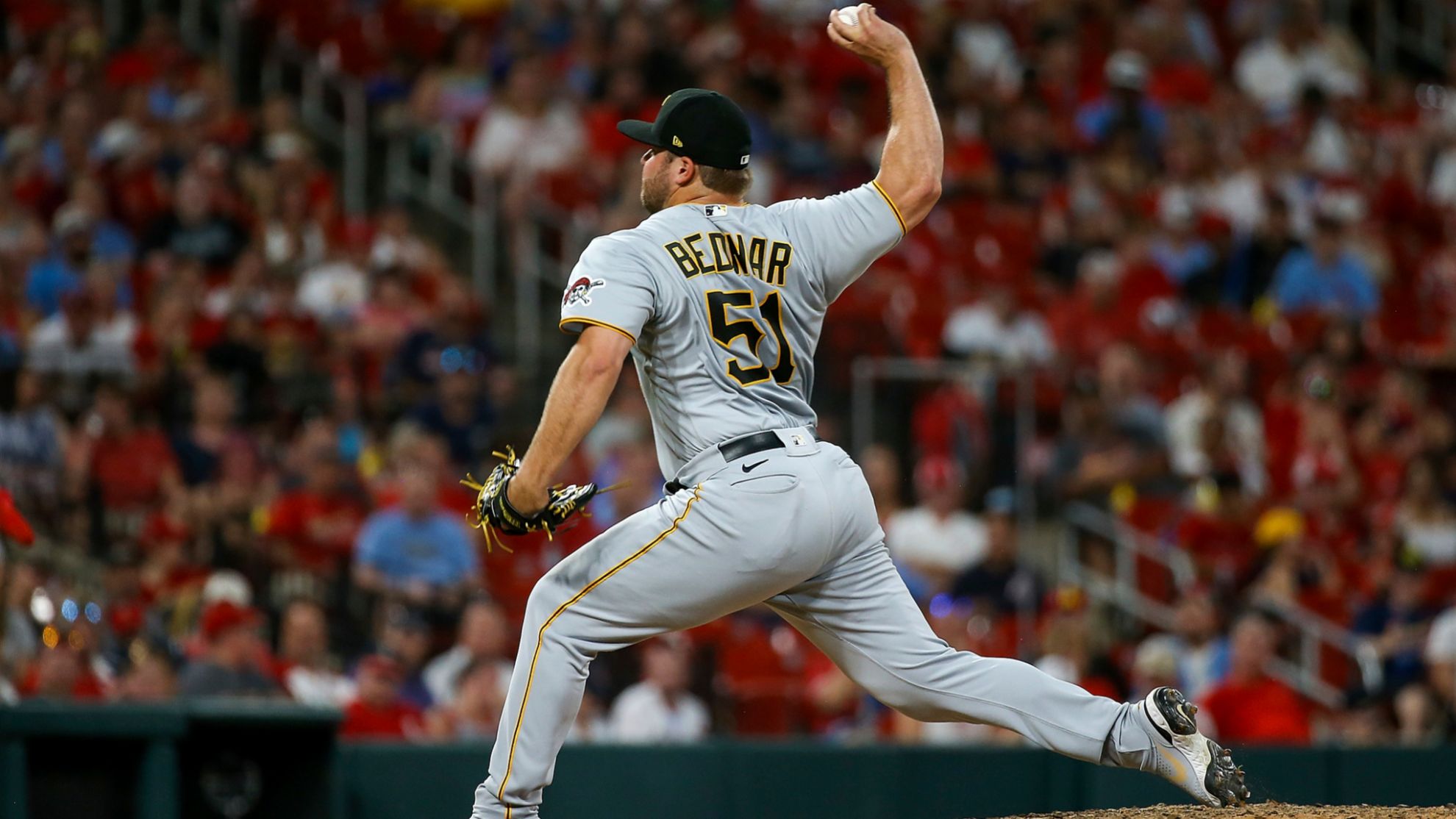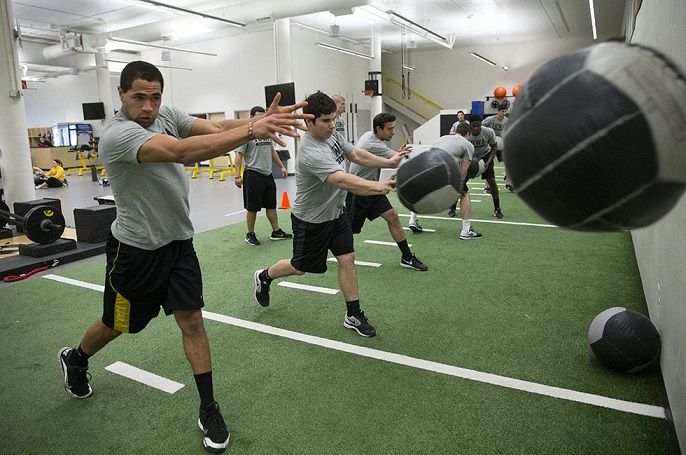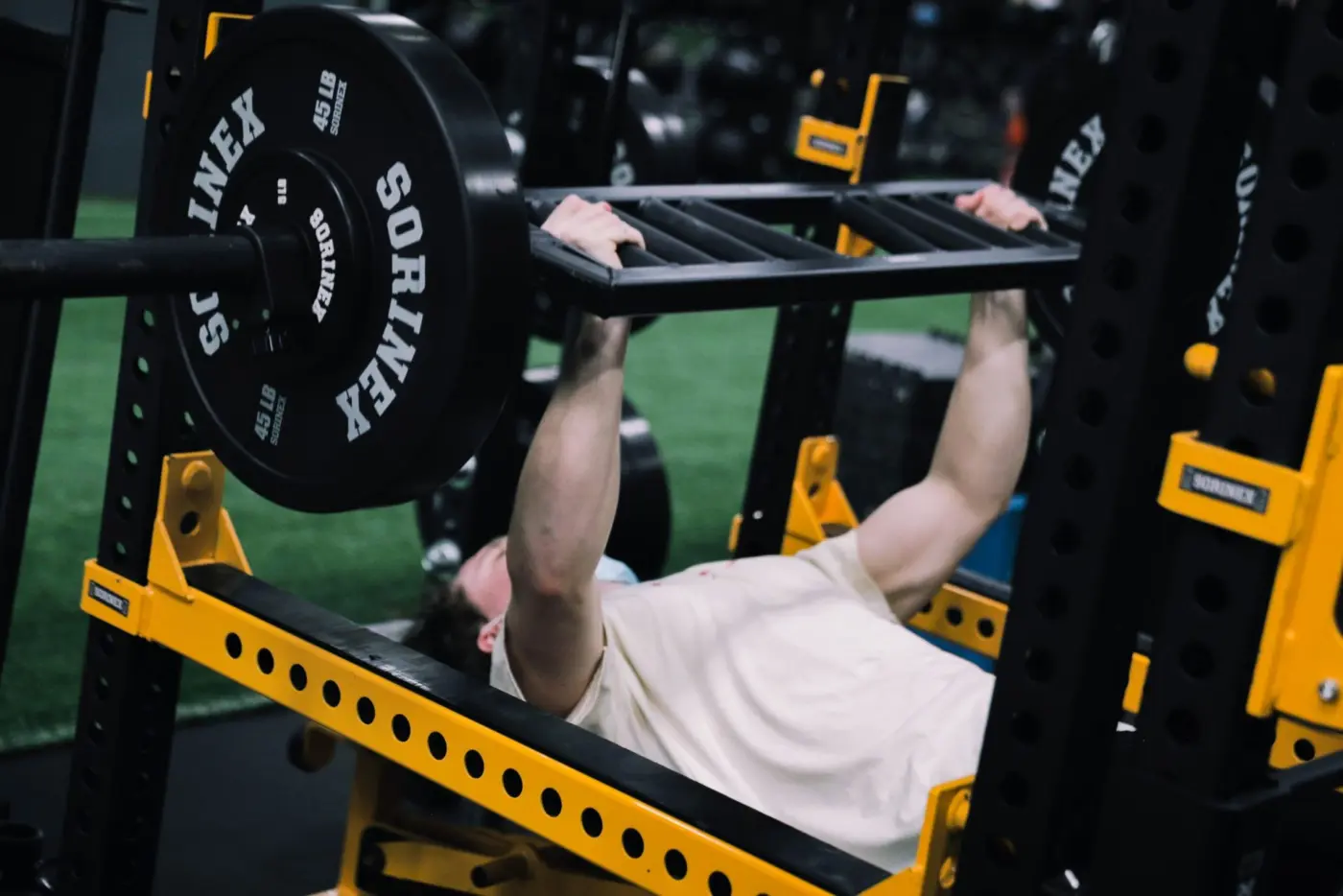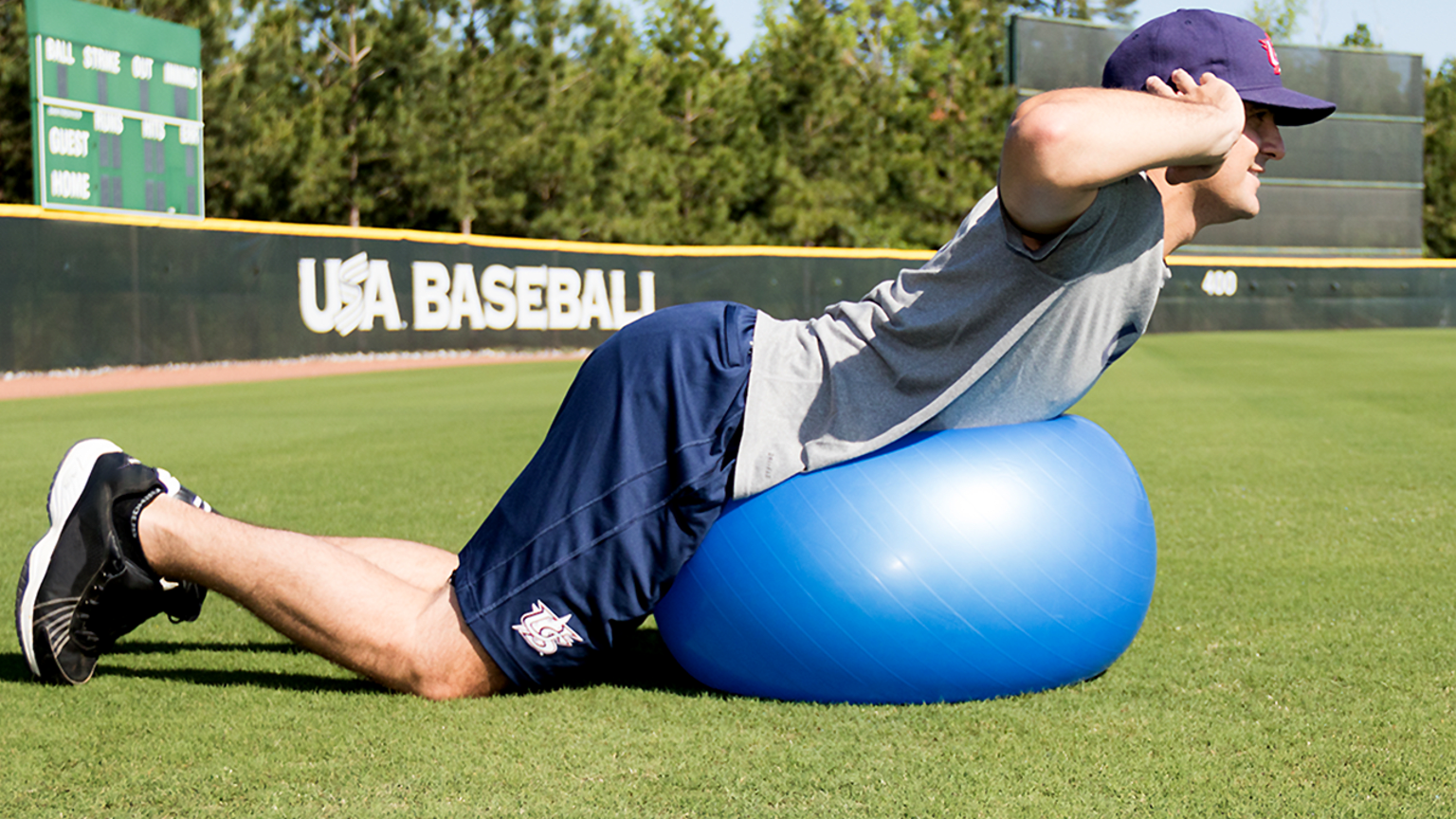You’re all about baseball, right? It’s more than just a game to you. It’s an American treasure that requires power, speed, mobility, and explosive performance. But let’s face it, it can be tough on the body.
You’re probably thinking, “How can I train intensely, hit the gym, and still prevent injury?” Well, you’re in the right place. We’re about to share the best exercises for baseball players. Exercises that train your entire body, improve explosive power and enhance your mobility. And the best part? No pain involved. Remember, “no pain, no gain” is just a ridiculous myth.

Contents
- 1 13 Best Exercises For Baseball Players
- 1.1 1. Squats:
- 1.2 2. Lunges:
- 1.3 3. Plyometric Jumps:
- 1.4 4. Rotational Medicine Ball Throws:
- 1.5 5. Dumbbell Bench Press:
- 1.6 6. Pull-Ups:
- 1.7 7. Resistance Band Rotations:
- 1.8 8. Deadlifts:
- 1.9 9. Shoulder Press:
- 1.10 10. Wrist Curls:
- 1.11 11. T-Push-Ups:
- 1.12 12. Single-arm dumbbell Rows:
- 1.13 13. Agility Ladder Drills:
- 2 Benefits of Strength Training For Baseball Players
- 3 Frequently Asked Questions
13 Best Exercises For Baseball Players
Here are 13 of the best exercises for baseball players:
1. Squats:
Squats are fundamental for baseball players, building lower body strength and improving explosiveness, crucial for running bases and fielding. Regular squat routines enhance leg power, contributing to faster sprints and more dynamic movements on the field.
2. Lunges:
Lunges target the legs and hips, key areas for baseball players needing agility and strength for quick directional changes and powerful batting stances. They also improve balance and coordination, essential for fielding and making quick starts and stops.
3. Plyometric Jumps:
Plyometric jumps increase power and speed, enabling players to make explosive movements, crucial for stealing bases or chasing down balls. Incorporating box jumps or broad jumps into training can significantly enhance a player’s explosive capabilities.
4. Rotational Medicine Ball Throws:
Rotational medicine ball throws improve core strength and rotational power, directly correlating to batting and throwing strength. These exercises mimic the rotational movements of baseball, enhancing performance at the plate and in the field.

5. Dumbbell Bench Press:
The dumbbell bench press builds upper body strength, particularly in the chest, shoulders, and triceps, essential for powerful throws and swings. Using dumbbells allows for a greater range of motion, improving overall shoulder stability and strength.
6. Pull-Ups:
Pull-ups strengthen the upper back, shoulders, and arms, muscles heavily involved in batting and throwing. A strong upper body contributes to better control and power, essential for all aspects of baseball.
7. Resistance Band Rotations:
Resistance band rotations strengthen the core and obliques, improving rotational power for hitting and throwing. These exercises mimic the twisting motion of baseball swings and pitches, enhancing muscular endurance and strength in the core area.
8. Deadlifts:
Deadlifts are essential for developing overall body strength, focusing on the back, glutes, and hamstrings. This foundational strength is crucial for explosive power, whether for swinging, throwing, or sprinting.
9. Shoulder Press:
The shoulder press strengthens the deltoids and triceps, key muscle groups for throwing velocity and batting power. Consistent training helps prevent injuries by building muscle around the shoulder joint, a common injury site for baseball players.
10. Wrist Curls:
Wrist curls improve forearm strength and wrist flexibility, enhancing grip strength for better bat control and more powerful swings. Strong forearms also contribute to throwing velocity and injury prevention.

11. T-Push-Ups:
T-push-ups not only strengthen the chest, shoulders, and triceps but also incorporate rotational movements that engage the core, mirroring the dynamic movements in baseball, thus enhancing stability and power during gameplay.
12. Single-arm dumbbell Rows:
Single-arm dumbbell rows target the upper back and lats, critical for throwing power and bat speed. This exercise also improves unilateral strength and stability, essential for the asymmetrical nature of baseball plays.
13. Agility Ladder Drills:
Agility ladder drills enhance footwork, speed, and coordination, vital for base running, fielding, and overall athletic performance on the baseball field. Regular practice can lead to quicker reflexes and improved game-day performance.
Benefits of Strength Training For Baseball Players
Baseball players benefit greatly from incorporating strength training into their workout routines. Here’s a breakdown of the key advantages:

Improved Power and Performance:
- Increased Batting Power: Strength training strengthens muscles used for swinging the bat, allowing for greater power and bat speed, which translates to longer hits and more home runs.
- Enhanced Throwing Velocity: Stronger core and posterior chain muscles generate more force, leading to faster and more accurate throws.
Reduced Risk of Injuries:
- Stronger Muscles and Ligaments: Strength training strengthens muscles, tendons, and ligaments, providing better support for joints and reducing the risk of injuries from throwing, hitting, and sudden movements on the field.
- Improved Balance and Stability: A strong core and lower body enhance balance and stability, allowing players to make quick changes of direction and field grounders effectively.
Enhanced Athleticism:
- Increased Speed: Strength training combined with plyometric exercises can improve leg power, leading to faster base running and stealing abilities.
- Better Explosiveness: Strong muscles allow for more explosive movements, beneficial for jumping to catch fly balls, diving for ground balls, and making quick throws.
- Improved Overall Fitness: Strength training builds muscle mass, which boosts metabolism and improves overall fitness levels, allowing players to perform at their peak throughout the game.
Mental Benefits:
- Increased Confidence: Strength gains can lead to a confidence boost, as players feel stronger and more capable on the field.
- Improved Mental Toughness: Strength training can build mental resilience, which translates to better focus and determination during games.
Additional Advantages:
- Improved Bone Density: Strength training can help increase bone density, reducing the risk of stress fractures and other overuse injuries.
- Better Posture: A strong core improves posture, leading to better alignment and potentially reducing back pain.
Frequently Asked Questions
How should I work out as a baseball player?
Strength training is crucial for baseball players. Recommended exercises include barbell squat, dumbbell squat, sled hack squat, dumbbell incline bench press, Romanian deadlift, dumbbell biceps arm curl, dumbbell triceps extension or machine pushdown, seated cable row, lat pulldown to the front with a wide grip, and reverse crunch.
Which exercise would be best for a baseball pitcher?
Exercises such as prone rowing into external rotation, rows into external rotation at 90° abduction, lower trap, wrist extension, wrist flexion, supination/pronation, sleeper stretch, and horizontal adduction stretch into internal adduction are beneficial for pitchers.
What exercises increase bat speed and power?
Overload/underload training is ideal for augmenting bat speed. Use free weights or resistance bands to overload then underload the muscles. Additional effective drills include plyometric, single-leg deadlifts, and biceps curl exercises.
What is the best upper body workout for baseball?
Pressing exercises like push-ups and dips are suitable for chest and triceps muscle development. For the posterior chain, inverted rows and pullups promote muscle growth and boost strength.
How do you hit farther in baseball?
Strength and power are key to hitting farther in baseball. Incorporate consistent weight and strength training focusing on overall body power. Include flexibility training, as a flexible body allows a quicker and more powerful rotation. Practice good timing and exercise solid contact mechanics for optimal result.

Hello, I’m Ravindra. Over the years, I’ve immersed myself deeply into the world of fitness and health, transforming both my body and mind. Writing has allowed me to share my journey, insights, and expertise with those just starting out and seasoned fitness enthusiasts alike. Beyond just routines and diets, I believe in inspiring others to adopt a holistic approach to well-being.
